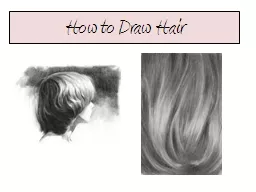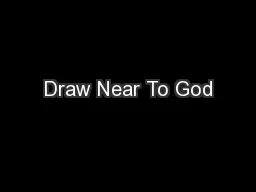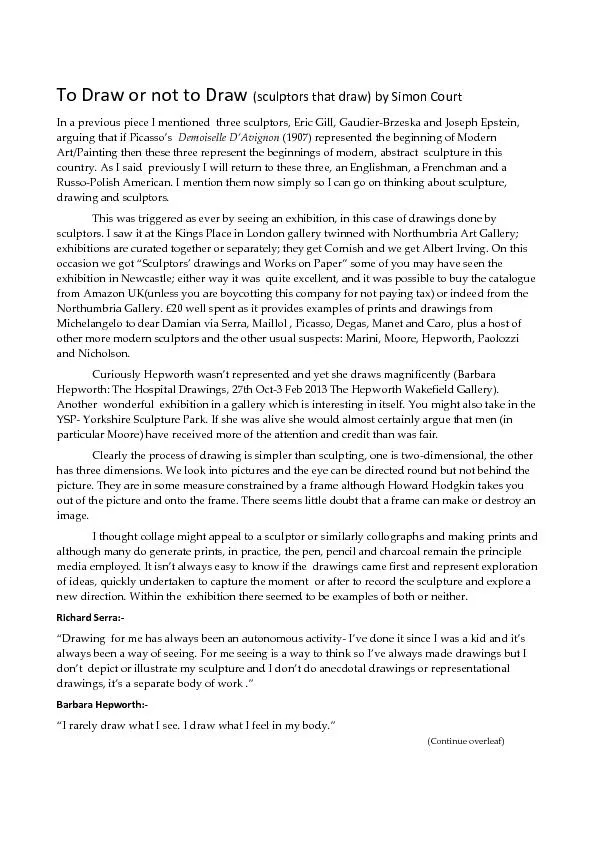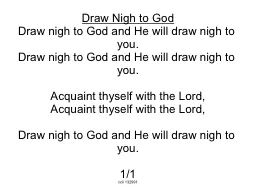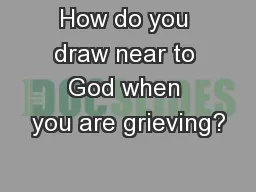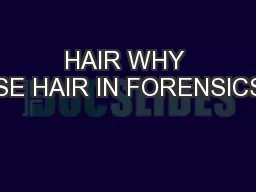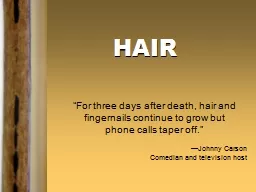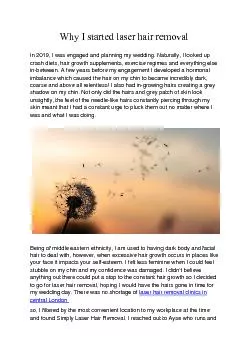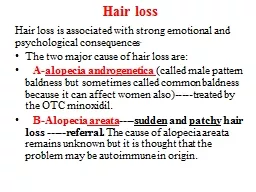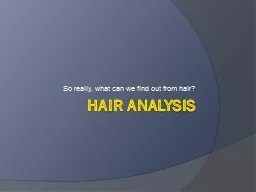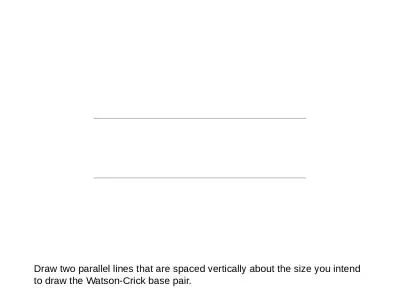PPT-How to Draw Hair
Author : alida-meadow | Published Date : 2016-10-07
Draw the outline of the hair M ake sure you know where the top and the back of the skull is A dd big lines in the hair indicating the planes of the hair masses
Presentation Embed Code
Download Presentation
Download Presentation The PPT/PDF document "How to Draw Hair" is the property of its rightful owner. Permission is granted to download and print the materials on this website for personal, non-commercial use only, and to display it on your personal computer provided you do not modify the materials and that you retain all copyright notices contained in the materials. By downloading content from our website, you accept the terms of this agreement.
How to Draw Hair: Transcript
Download Rules Of Document
"How to Draw Hair"The content belongs to its owner. You may download and print it for personal use, without modification, and keep all copyright notices. By downloading, you agree to these terms.
Related Documents

